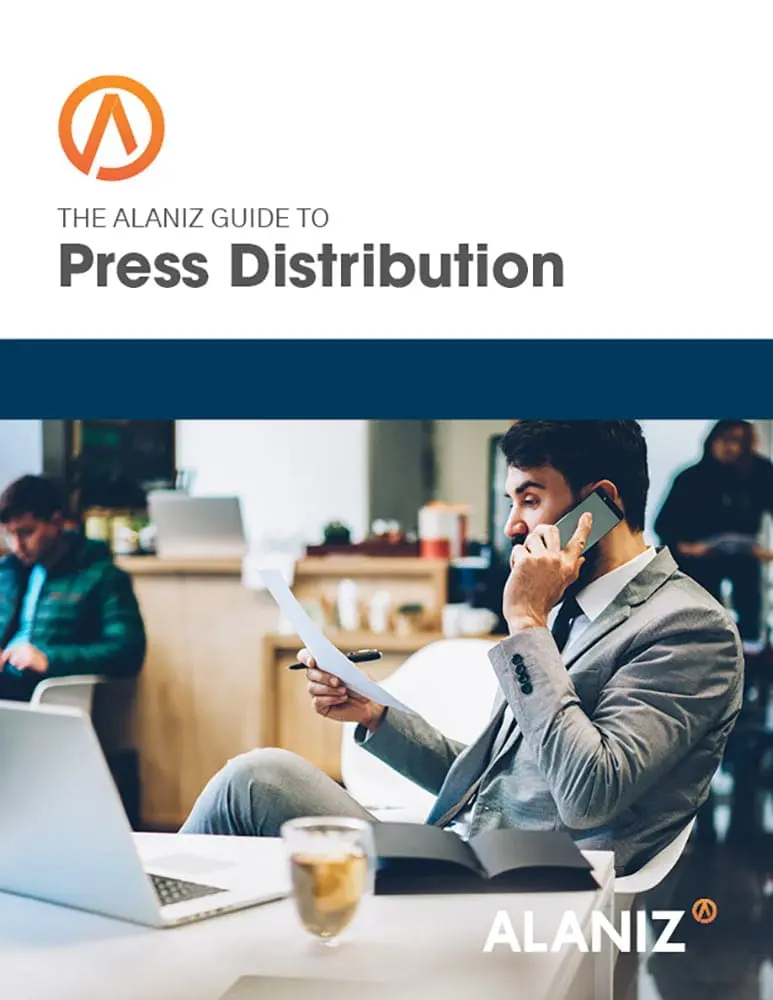This blog post is part of “The Ultimate Guide to Public Relations” blog series.
It takes more than a great press release to gain press coverage. A good press release is, of course, critical, but even more important is how you format your pitch. You’ve done your research, you make sure your content is accurate, you get final approval from the client, your media list is ready to go, you schedule it to be sent out, and then you wait for responses. And you wait. And sometimes, you wait some more. You read your press release again, you know it’s strong. So why isn’t the press chomping at the bit to cover your story? The problem most likely does not have to do with your press release itself, but pitch you sent with it.
Journalists receive hundreds to thousands of pitches per day in their inbox. It’s impossible for them to read them all. Therefore, this means that your subject and pitch need to be top notch. These are the few sentences that can determine whether or not they continue reading your actual press release.
Here are 5 best practices for writing the perfect pitch cover letter:
- Narrow your media list: If you’re using a media database like Cision, Meltwater or Muck Rack, don’t just send your press release to as many people as possible. It will be more beneficial for you to have a smaller, narrow list rather than a huge list that is ruled primarily by people who won’t be interested in your press release. Sometimes when you base your list on keyword searches, names sneak in there that may not actually fit in the group you’re searching for. Even after building your list, I recommend taking the time to read through it and delete anyone who might not actually be interested in your topic.
- Have a strong subject line: The subject line of your email is the first and possibly last thing a journalist will see. According to Cision, you shouldn’t include ‘re:’, ‘fwd:’, press release, or interview opportunity in your subject line. These are surefire ways to turn off the email receiver. Christian Ho of Freelancer says, “Use an original subject line and introduction. They have to stand out and convince the journalist to continue reading.” Your subject line should include the product/company and why the press release you are sending is important.
- Be clear and straight to the point: Like I said, journalists and publications receive hundreds to thousands of pitches per day in their inbox. If you don’t get your point across in the first sentence or two of your cover letter, you can kiss that coverage goodbye. Anthony Ha from TechCrunch says he prefers a subject line that, “spells out what the news is and a pitch written in honest, plain English.” Using excessive adjectives and buzzwords won’t get you anywhere if the journalist can’t quickly understand what the purpose of your pitch is.
- Use outside resources: Although PR platforms have an extensive list of journalists and press, it’s impossible for them to have everyone. Do some outside research to find people who write on topics similar to what you’re pitching. You’d be amazed at how easy it is to find contact information if you’re willing to do a little digging. Once you’ve created your additional list, upload them to your PR platform or send personal emails to each of them. Don’t be afraid to utilize Twitter as well, you never know how frequently someone checks their mentions on Twitter instead of their email inbox!
- Provide a clear call-to-action: Be sure to include what you are wanting from the journalist you are contacting. Do you want them to sample a product for review? Do you want them to interview your client? Do you want them to compose an article promoting your company? You need to tell them! By the end of your email pitch, it should be clear what you are hoping to come next from your email.
These 5 best practices will help you develop a strong pitch in the hopes that your press release will get picked up by the audience you are targeting.
This blog post is part of “The Ultimate Guide to Public Relations” blog series.




